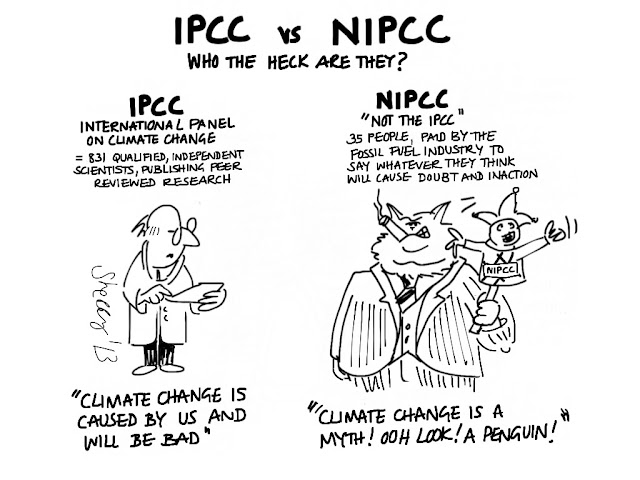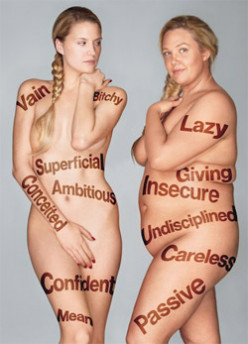Coming into this course I have spent four years studying the natural world, it’s processes, and humans’ impact on it. I consider myself an environmentalist and through this course I’ve learned how to become a better one. I wasn’t as much of a greenwashing skeptic before this class and I would always opt for the “green” option at the store even if it cost more. Now after learning all the techniques companies use to change the consumers’ perception of their merit I will do my research on organizations who claim the be “green”. Our biases and beliefs are decided by our personal perceptions of our surrounds and particularly how they are presented to us. The industries have locked into this and formed our perception to be altered. There are so many steps that have gone into the consumer mentality and even more steps to assure the cycle is continued.


Thinking back about this class, I think about one of the first exercises we did in class where we formed small groups and described our own health history. Everyone had their own narrative which effected how the audience perceived that person’s health. The same thing is used with environmental advertisements. Certain facts are highlighted while others are omitted, giving a more positive image for the company. This leads me to the question I’ve been asking myself all semester, should that be legal? There are a lot of people who think there should me more mandates on greenwashing, pharmaceuticals, and in general environmental regulations. When actions done by companies could risk individual’s health, a community’s health, or our planet’s health why do we stay passive? I think as a whole, the demand for clear data and facts, both good and bad, should be required. In my opinion I think this would have to at least begin with regulating branding and introducing more third non-partisan groups to do research on the production and the product itself. Overall I think this class helped me become more aware of the effect imaging and branding can make and will help me make better decisions about my actions.
Katie McNulty

 d, concerned, cautious, disengaged, doubtful, and dismissive. The first groups are aware of climate change and usually are taking personal action to mitigate global warming. The middle audience classifications have varying ranges of understanding climate change, and varying doubts about climate change. The last groups are skeptical if climate change is real and participate in activities which are known to add to global warming. Between these groups there is also correlation between religion, perception of public health, and political ideologies of the individuals. Either way, while communication with individuals in these groups certain criteria has been found useful to take into account to aid in spreading the facts. Some of these audience communication criteria are their biased towards the topic, and their willingness to processes the facts. Other criteria are their wanting to counter the facts with existing non-facts about the topic which they believe to be true, and their willingness to communication with continued discussion and acceptance. After learning about the six audience groups it is easy to understand why this “spiral of silence” exists in the mass media and in normal conversation. When you don’t know your audience it can be hard to know how to portray the facts. Sometimes relaying correct information in the wrong format can be just has harmful as the wrong information displayed in the right format. Hopefully the six groups will become more homogeneous and messages can be better distributed from the scientists to the public.
d, concerned, cautious, disengaged, doubtful, and dismissive. The first groups are aware of climate change and usually are taking personal action to mitigate global warming. The middle audience classifications have varying ranges of understanding climate change, and varying doubts about climate change. The last groups are skeptical if climate change is real and participate in activities which are known to add to global warming. Between these groups there is also correlation between religion, perception of public health, and political ideologies of the individuals. Either way, while communication with individuals in these groups certain criteria has been found useful to take into account to aid in spreading the facts. Some of these audience communication criteria are their biased towards the topic, and their willingness to processes the facts. Other criteria are their wanting to counter the facts with existing non-facts about the topic which they believe to be true, and their willingness to communication with continued discussion and acceptance. After learning about the six audience groups it is easy to understand why this “spiral of silence” exists in the mass media and in normal conversation. When you don’t know your audience it can be hard to know how to portray the facts. Sometimes relaying correct information in the wrong format can be just has harmful as the wrong information displayed in the right format. Hopefully the six groups will become more homogeneous and messages can be better distributed from the scientists to the public.







